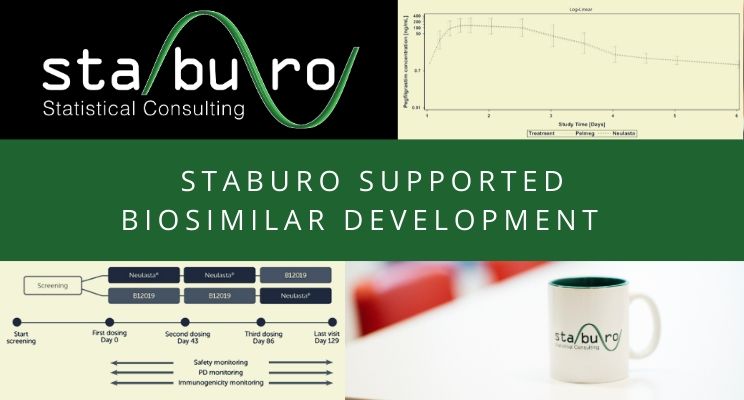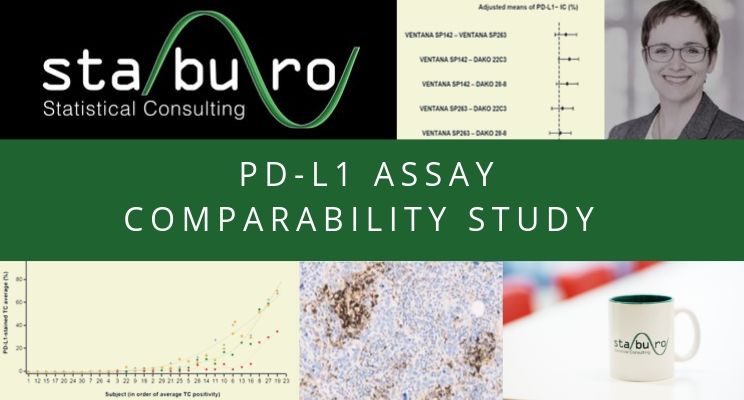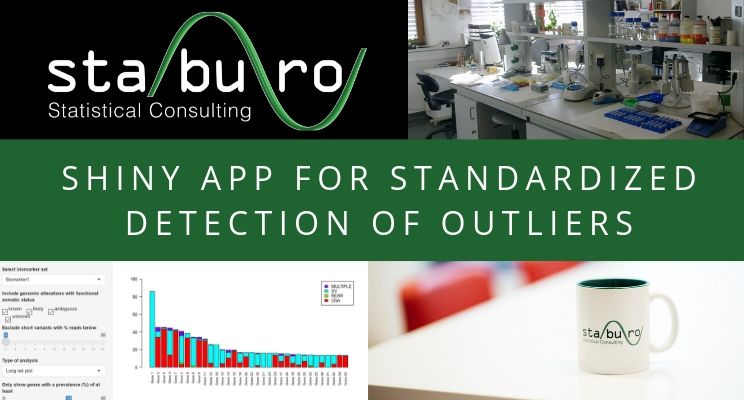Staburo Wiesn-Workshop 2019
It is a very nice custom to have our Staburo statistics training session on the first Monday of the two-week Oktoberfest period. This year, the Staburo team had the chance to learn about our new R shiny App in the first presentation “OTTO – Demonstration and Methodology”. OTTO stands for Optimal Tool for Tracking of Outliers. Afterwards we heard a talk about “Sample Size Calculation in Time-to-Event Trials with Non-Proportional Hazards Using GESTATE”, presented by our new colleague Jasmin.
After lunch, there where two more Talks, one about “Optimal Plate Layout for Relative Potency Estimation – A Simulation Study” and the last one from our new employee Armin about “Subgroup identification by generalized Patient Rule Induction Method (PRIM)”.
As always, this was a great opportunity to share knowledge with the whole Staburo team, get the chance to get to know the team better and to exchange ideas afterwards.
The second important custom is to pay the Oktoberfest (or also called “Wiesn”) a visit, after the workshop. Once again, we had a wonderful time with our growing team and some long-time Staburo clients.
Everyone got home safely – with additional knowledge from the workshop and positive vibes from the Oktoberfest. We are already looking forward to the Staburo “Wiesn” Workshop 2020 and thank all participants for making this a great team event!







Recent Comments